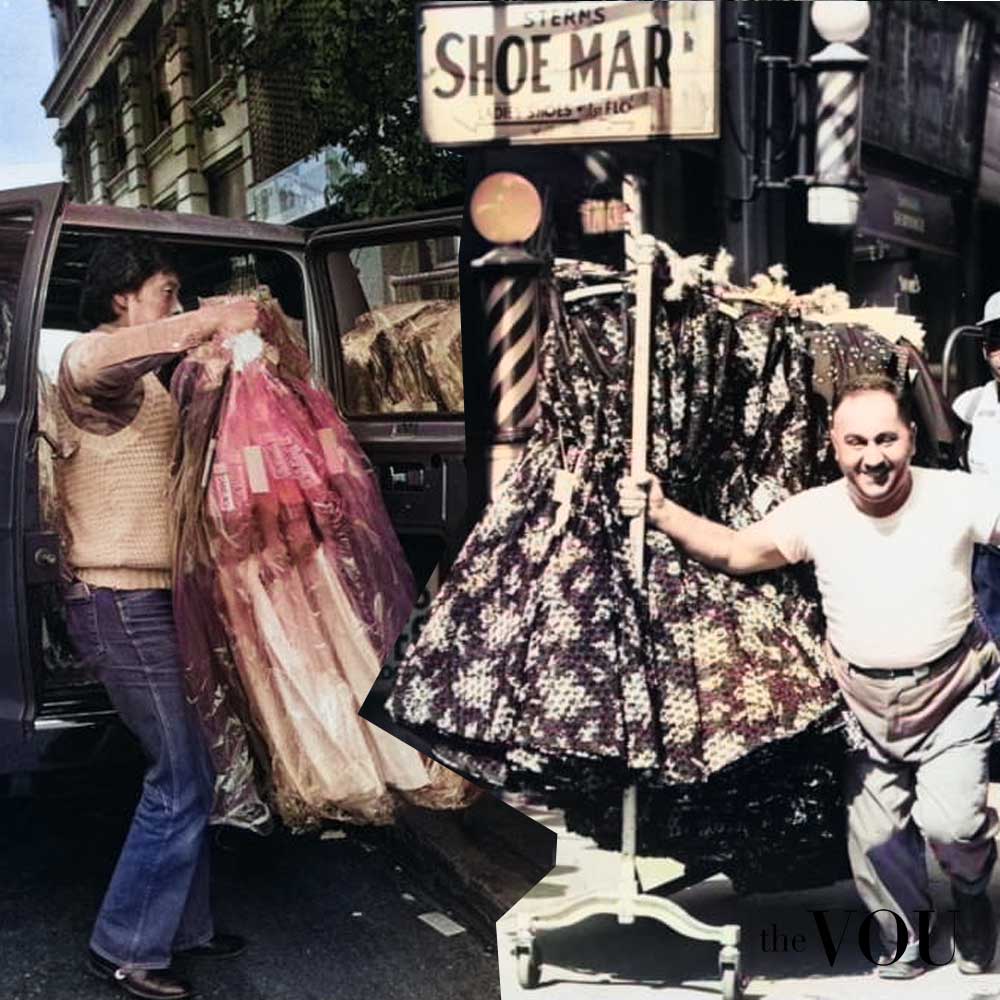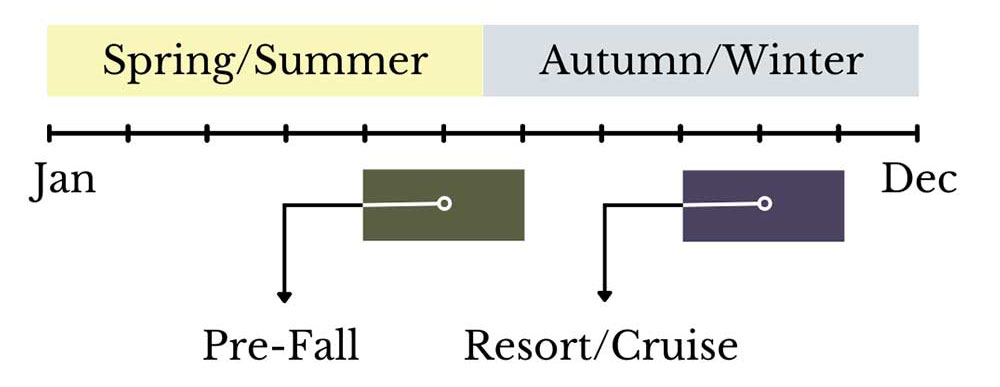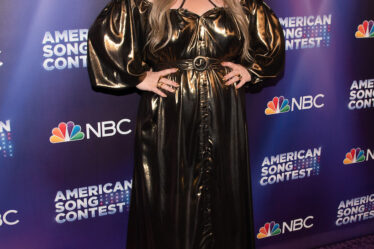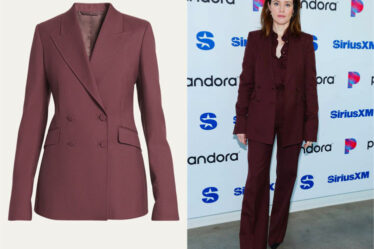
“Fashion Season” encompasses a unique blend of industry and market dynamics such as fashion design, trends, consumer behavior, and retail.
In this article, we’ll unravel the Fashion Season’s several dimensions: its historical roots, impact on fashion design, styling, trends, aesthetics, and market role.
What is a Fashion Season?
‘Fashion Season’ is a term used in the fashion industry to describe specific timeframes within a year during which fashion designers and fashion houses present their new collections in anticipation of the market.
The logic behind the fashion season is to create a structure for creative expression – allowing fashion designers and houses to present their creations – and market economics through advertising.
As such, the fashion season sets the stage for fashion designers to unveil their collections while providing retailers with cues for inventory planning.
Each fashion season serves as a cultural barometer, reflecting the current fashion trends and influencing the prevailing social, political, and even environmental sentiments of the time.
Therefore, the fashion season is a temporal framework that simultaneously orchestrates the rhythm of fashion design, manufacturing, and retail operations and consumers.
A Brief History
Since its inception, the Fashion Season has undergone numerous metamorphoses.
Initially tethered to climatic needs and the natural world, the Fashion Season evolved into a global event dictated by the fashion industry’s rigorous timetable.
The shift to a finely-tuned sartorial calendar encapsulates societal norm changes, technological innovations, and global capitalism.
A pivotal moment in the history of the Fashion Season is the advent of haute couture in 19th-century Paris.
Another critical moment was the rise of ready-to-wear in the 20th century, showcasing the need for a platform that connects designers and consumers.
Since the end of the millennium, seasons like “Spring/Summer” or “Autumn/Winter” are no longer temporal designations but cultural signifiers, behavioral codes, and consumer expectations.
The so-called “seasons” inform the color schemes, aesthetics, patterns, material selections, and garment structures designers adopt to manifest their visions.
The contemporary Fashion Season provides the thematic framework within which designers exercise creative liberties, utilizing motifs, aesthetics, palettes, forms, silhouettes, and fabrics that resonate with a season’s conceptual underpinning.
For instance, Spring/Summer collections may evoke idyllic visions through floral prints and ethereal silhouettes, whereas Autumn/Winter lines might explore the gravitas of darker colors and weightier materials.
What Are the Fashion Seasons?
According to how the fashion industry operates, the Fashion Season has a bi-annual cycle split into releases: Spring/Summer, starting in January and ending in June, and Autumn/Winter, starting in July and ending in December.

However, with the advent of fast fashion and globalization, new pseudo or micro-seasons have emerged, such as Pre-Fall (running in May and June), Resort/Cruise (October and November), and capsule collections.
What is the Role of Fashion Seasons?
The Fashion Season system serves as an economic lever within the global fashion ecosystem.
Through its cyclical nature, the fashion season shapes how designers conceive their collections, how markets respond, and what one wears.
The orchestrated cycles of collection releases, fashion weeks, and retail schedules significantly influence consumer spending, production timelines, and even textile manufacturing.
Season-specific fashion trends dictate market demand, shaping fashion houses’ and retailers’ production and distribution strategies.
Understanding this economic machinery is paramount, for it fuels the cyclical nature of fashion, perpetuating the sartorial landscape’s dynamism.
Conclusion
The concept of a “Fashion Season” has a multi-faceted nature covering the fashion industry’s creative, cultural, and economic sides.
The Fashion Season acts as temporal parameters and conceptual space for fashion designers and consumers to engage.
Sources
Peer-Reviewed Articles:
- Davis, Fred. “Do Clothes Speak? What Makes Them Fashion?” Fashion Theory, vol. 5, no. 3, 2001, pp. 385-407.
- Entwistle, Joanne. “The Aesthetic Economy of Fashion: Markets and Value in Clothing and Modelling.” Fashion Theory, vol. 13, no. 2, 2009, pp. 271-286.
- Kawamura, Yuniya. “Fashion-ology: An Introduction to Fashion Studies.” Fashion Theory, vol. 8, no. 2, 2004, pp. 191–213.
Canonical Texts in Fashion Theory and Aesthetic Studies:
- Barthes, Roland. The Fashion System. Hill and Wang, 1983.
- Wilson, Elizabeth. Adorned in Dreams: Fashion and Modernity. I.B. Tauris, 1985.
- Simmel, Georg. “Fashion.” International Quarterly, vol. 10, no. 1, 1904, pp. 130-155.
Weekly Newsletter
Secrets for a Wealthy, Successful, and Confident Look



